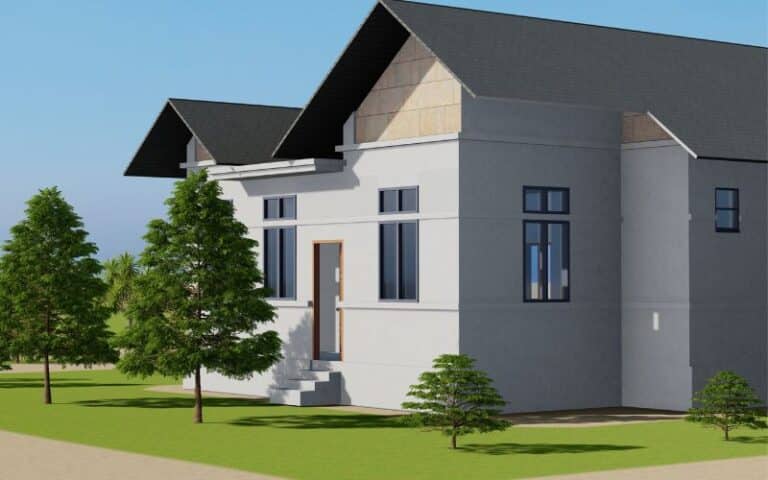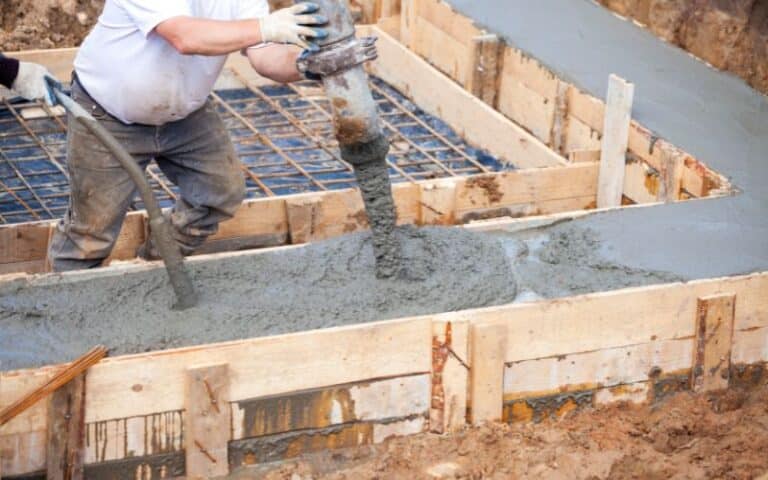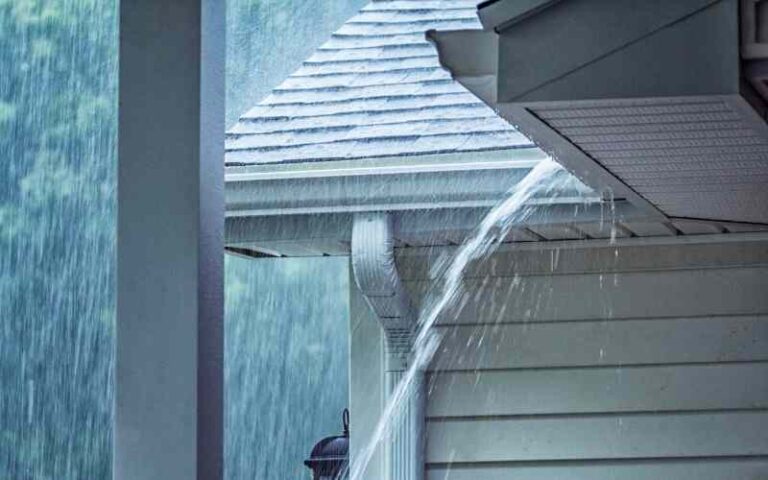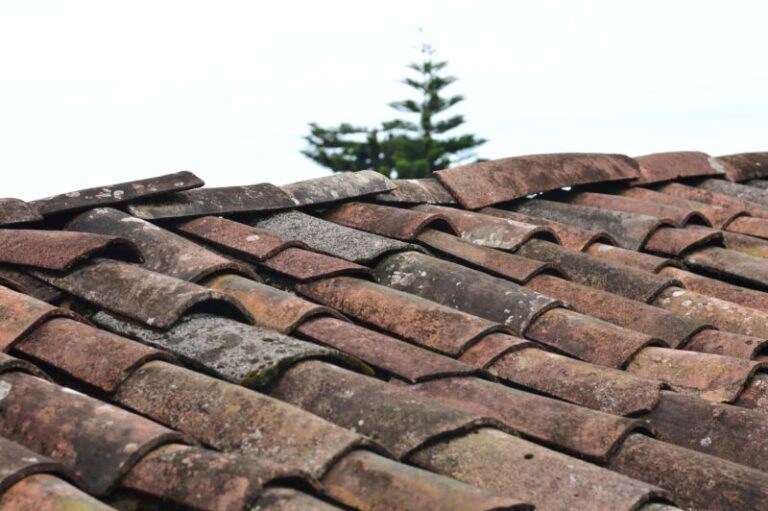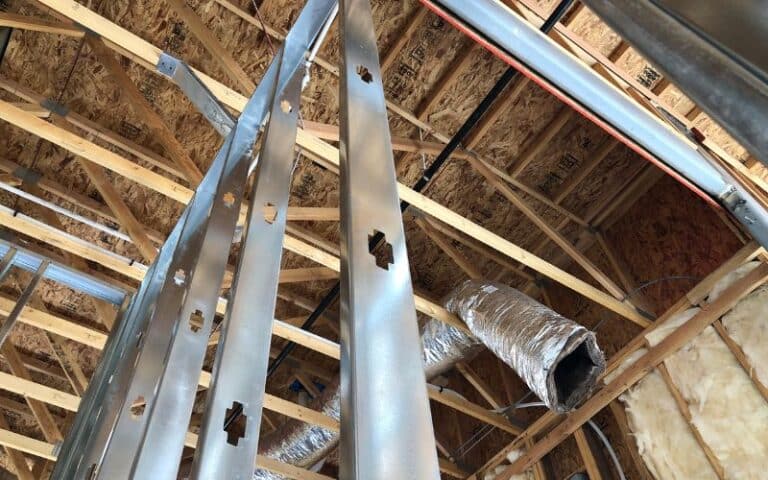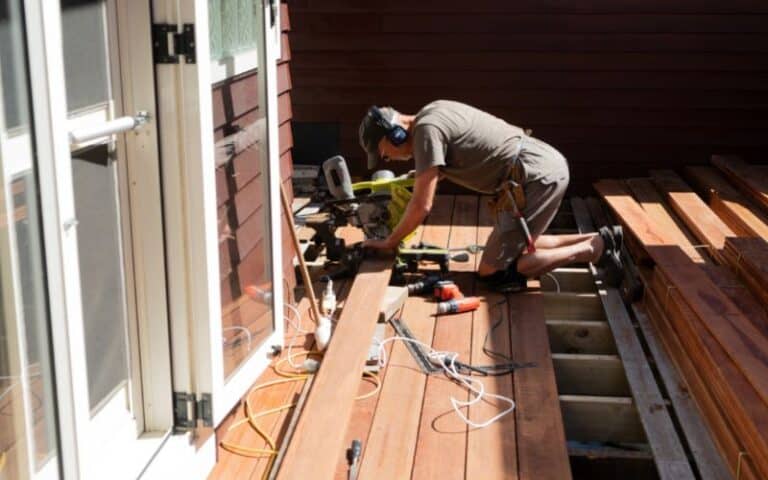Are you in a state of confusion, and you don’t know what kind of stone to use when constructing your paver base? This article will show you all you need to know about ¾ stone paver bases.
You make a ¾ crushed stone paver base with tiny stone pieces that have been uniformly broken and screened.
You make a solid paver base with ¾ crushed stones that readily allow water to drain and make work easy. The ¾ crushed stone for your paver base is a great idea because they are inexpensive and offer sufficient traction for your vehicle.
Ready for a Roofing Quiz?
Best Crushed Stone for Paver Base
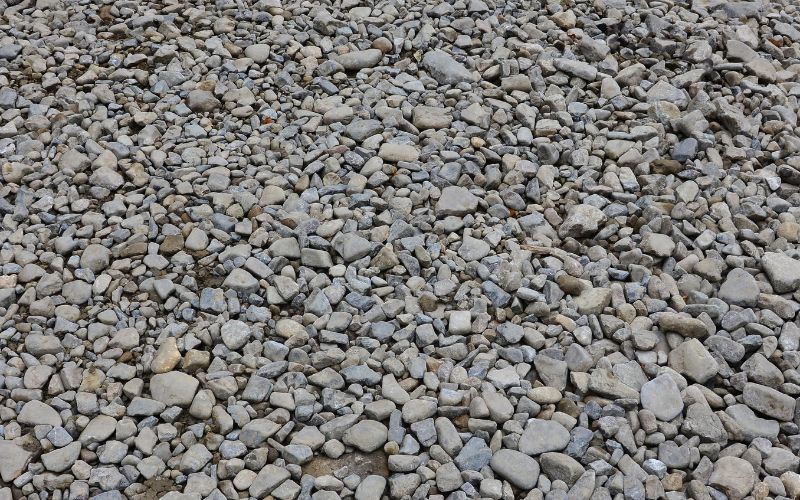
The rocks like granite, dolomite, limestone and trap are crushed together and then used to make a stone paver base.
The Mineral Education Coalition suggests that the best-crushed stone for paver base is the ¾-inch crushed stone. You use a quarry process to combine ¾-inch crushed stones.
Crushed stones come in several varieties, of which the best for your paver base is undoubtedly the ¾ crushed stones.
In a significant construction site, you use ¾ crushed stones as one of the essential materials.
For instance, you use the ¾-inch crushed gravel at the construction site as a base to retain walls and to create a backfill.
You can mix crushed stone with cement to make a substantial concrete sand base.
There are multiple reasons why ¾ crushed stone over other stones to make your paver base is preferred.
A few of these reasons are:
- You used the ¾ crushed gravels where drainage is needed.
- It is perfect for building walkways.
- It is beneficial around trees and plants.
- You use crushed stone for window wells, permeable pavers for driveways, foundation bases, etc.
Crushed Stone Grades, Sizes, and their Applications
Crushed stones are versatile products with numerous uses. You use crushed stones to decorate the landscape and the paver base material.
Crushed gravels come in different sizes and grades. The higher the grade value, the smaller the size of the crushed gravel.
Shown in the table below are seven different grades of crushed gravel, their sizes, and where they are applied:
| GRADES | SIZES (INCH) | DESCRIPTION/APPLICATION |
|---|---|---|
| Grade 1 | 2-4 inches long | Grade 1 is the largest among the crushed stone grades. You use this type for larger jobs like filling holes. |
| Grade 3 | ½-2 inches long | This type of crushed stone is an excellent choice for drainage and railroad projects. |
| Grade 5 | 1 inch long or even smaller | This type of stone is perfect for paver base and road construction. |
| Grade 8 | 3/8 and ½ inch long | You use this type of crushed stone commonly in concrete mixes. |
| Grade 10 | This type is known as screenings. | You use this type of crushed stone for creating paver and molding concrete blocks. |
| Grade 57 | ¾ inch long | You use this type for drainage, landscaping, and concrete mix. |
| Grade 67 | ¾ inch long or smaller | This crushed stone is excellent for slabs, fill, and roads. |
Is ¾ Crushed Stone too Big for Patio Paver Base?
The ¾ crushed stone is not too big for a patio paver base. You must choke your stone off with fines if you want to use ¾ crushed gravel for your patio paver base.
You improve the drainage system of your patio paver by choking your stone with fines. If you use ¾ crushed stone for a patio paver alone, there will be minor compaction.
Hence, it is not advisable to use it alone except with fines. If you can’t get fines for your patio paver, you could use coarse sand to wash into it.
Categorization of Crushed Stones
There are several categories of crushed stones. Below are the four basic categories of crushed stones:
- Stone Dust: In this category, the stone is similar to sand but with fine dust created from crushed gravel. It is useful when packing stones but not applicable where water needs to drain.
- Clean Stone: You get clean stone from crushed stone that has been screened by removing most of the stone dust. This clean stone is helpful for the top layer of the driveway.
- Washed Clean Stone: in this category, you screen the stone like a clean stone, but you wash it to remove all traces of dust. This stone helps mix concrete.
- Crushed Stone: You use this type of stone where you desire heavy compaction. You use this stone for the concrete sand base and paving projects.
Guide to Choose the Right Base Material
The type of material utilized depended on the quantity of the paver base. The base material you pick will go as far as determining the endurance and durability of the base.
A good base is achievable only with quality materials; hence, materials are the solution to an excellent solid paver base.
To choose a suitable base material, you consider the following factors for deciding the proper base material:
- Cost: You take into consideration the cost of the base material. The rate of most materials varies extensively. You are to buy a material that will serve you for a very long time, and that is cost-efficient. If you buy substandard materials, you risk spending more money on reconstruction.
- Climate: The climate of an environment is crucial in selecting the appropriate base material. The selected material should respond to climatic change.
- Durability: This factor helps check the material’s long-lasting ability and response to climatic conditions. The base material should be capable of adapting to changes in the weather.
- Availability: The desired material should be readily available. The material availability also affects the cost and the base’s installation time.
- Sustainability: In choosing the suitable paver base material, you choose a base material because they reduce the demand for new materials in the future.
- Aesthetic Appeal: When selecting a paver base material, the beauty of the material should be your priority. A beautiful paver base makes your home attractive.
- Maintenance: You get material that you can easily manage. You should not overlook maintenance because it is an essential basis for selection.
- Performance: You choose a material with a structural potential to support and make the inhabitant live comfortably.
Where to Buy ¾ Crushed Stone for the Paver Base?
The Concrete Pavement Institute owns and produces the most extensive Hardscape trade shown in the U.S. and Canada.
You can buy the ¾ crushed stone for the paver base in Madbury, New Hampshire 03823, USA, Stratham, New Hampshire, USA, Massachusetts, and Maine.
Madbury is a town in Strafford Country, New Hampshire, United States of America.
Stratham is a town in Rockingham Country, New Hampshire, United States of America.
and Maine is the state of the New England nation located in the north-eastern part of the United States.
Is ¾ Crushed Stone for Paver Base a Good Idea?
Using ¾ crushed stone for the paver base is a good idea. The crushed ¾ stones make a solid base and drain water effectively.
However, the ¾ crushed stone is also known for its top-notch traction for homeowners worried about the amount of traction their yard can offer.
Another reason is that this crushed stone is cost-effective compared to other ground materials.
The ¾ crushed stone used for the paver base is a good idea because this stone can be turned into any design or shape the individual desires.
Conclusion
You make a solid paver base with ¾ crushed stones that readily allow water to drain and make work easy.
The best-crushed stone for paver base is the ¾-inch crushed stone, as the Mineral Education Coalition suggested.
Crushed stones are versatile products with numerous uses. You use crushed stones to decorate the landscape and the paver base material.

